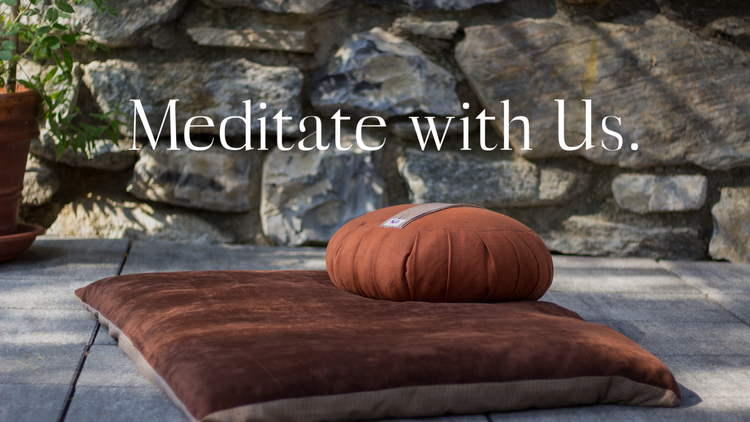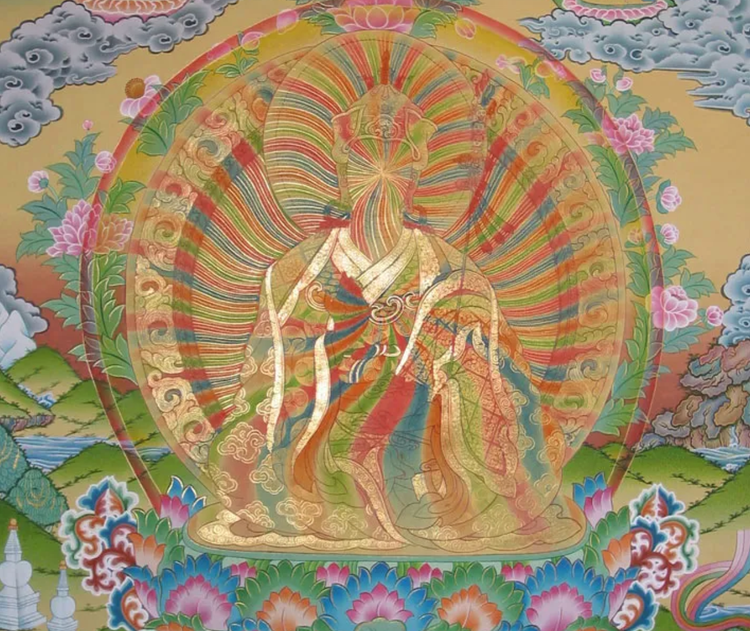Beginner's meditation advice.

To say that you meditate is like saying that you play sports, there are many types of meditation and each has its own place and purpose. As a beginner, the most important thing is to get comfortable with the technique, rely on some key principles, and build a foundation for going deeper.
TECHNIQUE
Location and time
Where are you going to sit each day? This can change from day to day, but to get started it is beneficial to have a spot to return to. This could be your bedroom, office, basement, backyard, or anywhere else that you can have ten to twenty minutes a day without distractions. Put a meditation cushion there, build a small altar, make it as special place, make it your own. It doesn't need to be a whole room, it can be a corner of a room, or a spot next to the window.
When are you going to meditate? In the morning, before work? After the kids go to sleep? After work, but before dinner? It doesn't matter what time of day really, morning and evening are probably the best. Figure out a time of day that works best for you, put it on your calendar. Schedule your self.
You've seen pictures of people meditating and there is a good reason to sit in traditional meditation posture- it has structural integrity, naturally calms the mind, and confers a sense of dignity and ease. You likely won't sit comfortably at first because Westerners are not use to sitting this way, but persistent practice over time yields quick adaptations in the hips and knees as you learn to relax. The traditional meditation posture is known as Vairocana's posture:
- Sit cross legged. If you cannot sit in half or full lotus, just make sure to elevate the hips enough so they are parallel or above the knees. High knees equals pain.
- Hands in the lap or on the knees. Relax the right hand on top of the left in your lap, or place your hands palms down on the knees.
- Back straight. Don't slouch, but don't be too rigid either. Straight, but relaxed.
- Shoulders open. Again, don't slouch, it causes drowsiness.
- Head and neck upright, slightly tuck the chin. Imagine touching the crown of your head to the ceiling, then relax.
- Relax the mouth. The tongue should rest on the upper palate behind the front teeth, the jaw should be relaxed with the teeth slightly apart.
- Open, steady gaze. So often you see people meditating with their eyes closed, which is fine, but in this tradition we emphasize eyes open, gaze steady and soft. Open and engaged. It is best to start with the gaze down past the tip of the nose, about a foot or two in front of yourself. As you progress, the gaze will come up to the horizon.
If your physical constitution prevents you from sitting in this posture, it is okay to sit in a chair. The key points for sitting on a chair are the same, with two small changes:
- Feet flat on the ground. Hip distance apart, think stability.
- Back off the back of the chair. Your hips can touch the back of the chair, but bring your back up straight. Don't rest back in the chair.
KEY PRINCIPLES
Attention follows intention. You need to have a clear intention for your practice. Don't just sit down and try to relax. What are you here to do? Are you focusing your attention on an outer object, the breath, resting in the natural state? Be specific, precise, and your attention will follow.
Do short sessions, repeated often. In the beginning while you are gaining stability and getting to know your own body and mind, keep sessions short. It is better to do two 10 minute sessions than one twenty minute session. Build the habit, and get used to settling in.
Movement is the first meditation experience. Many people are frustrated that when they sit down they only encounter an agitated mind. This is actually the first meditation experience and something to celebrate. Welcome to the field, it is good to have you here.
Interrupt the meditation experiences. You probably haven't heard this one before, but in Mahamudra and Dzogchen it is important to interrupt meditation experiences. You will experience calm, clarity, wordless states, maybe even bliss. Enjoy that for a little while, gain some stability and recognize the energetic feeling or tone of that state, and then interrupt it. Come out of that state, shift your body, move around, look around. Then resume your meditation, settle back in. There is nothing to hold onto, and you will find that is gets easier to get into meditation states over time and you won't have the bad habit of longing for certain states or experiences.
Mindful moments. Carry your practice into your daily life in moments. Standing in line, pausing at a vista, smiling at your child or friend. Mingle your meditation and your life. You might even slip right into a meditative state, and then continue on your way.
FOUNDATION FOR EXPLORATION
In the beginning, our focus is really on getting to know our own mind. It seems like we should know our own mind, but honestly we don't. We don't recognize its habitual tendencies, its power, its natural qualities and characteristics. There are aspects of the mind that we are unfamiliar with, but by developing this familiarity, we also develop a first-hand language for understanding and exploring our experience. Here are some key landmarks to become familiar with:
Attention. Our attention is what our mind is resting on, or focused on, or aware of. There is a whole range of experience that we might be aware of, but not paying attention to. Start to discern attention and peripheral awareness. When our mind wanders, it is our attention that is being hooked by something in the periphery.
Mindfulness. Here's a buzzword for you. Secular meditation often defines mindfulness as non-judgmental, ever-present awareness. In the practice of meditation, mindfulness has a specific function of remembering your intention or the meditation instruction. Your attention gets distracted, you notice that, and your mindfulness brings you back to your intended object. Mindfulness is like a muscle, the more you come back, the stronger it gets. Don't worry about how long you can stay focused on your object, focus on trying to come back quicker or wander for briefer moments.
Vigilant awareness. Some will translate this as meta-awareness, but the meaning is an awareness of the overall state or experience of your meditation. The metaphor is like a watchman up in the watch tower. If vigilant awareness notices that your attention has wandered, it dispatches mindfulness to bring it back in. Vigilant awareness also notices the quality of the meditation. Are you calm, clear, agitated, or dull?
Agitation and dullness. These are the two primary problems for a meditation practice. Agitation includes thoughts, feelings, restlessness, anxiousness, too much energy. Dullness includes being sleepy, foggy, heavy, sinking, like you are making your way through the mud. You'll get better at recognizing these and working with them in your meditation.
Nature of mind. As you progress in meditation, qualities of the nature of your mind will come to the fore. You might experience a mind that is calm, clear, peaceful. You might experience wordless, non-conceptual states. You might even have experiences of insight, illusory appearances, or bliss. Those are natural qualities of the nature of mind, nothing to celebrate really, but signs along the path that confirm you are moving in the right direction. Once you start consistently having experiences of the nature of the mind, it is really important to work with a teacher or community of practitioners to help you progress and understand your experience.
By spending the first few weeks of your practice focused on proper technique, become familiar with the key principles and you will quickly build a solid foundation for developing and deepening your own meditation practice. If you ever have questions, ask. Meditation is a solo practice, but it is best to travel with others along the way.




